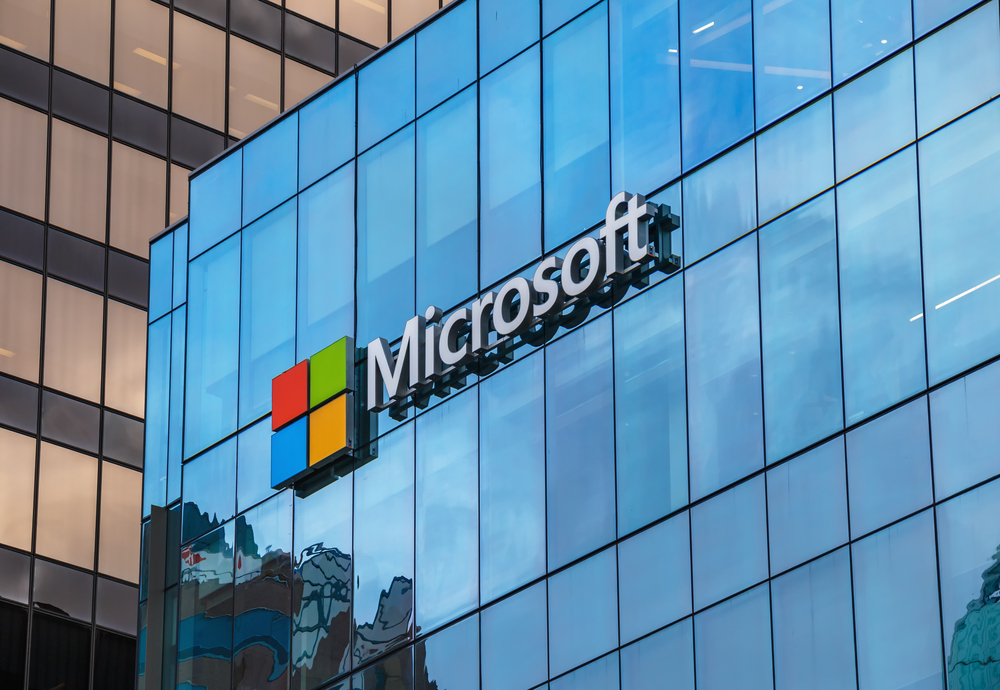 With less than three months to go before Microsoft ends free support for Windows 7 on January 14th of 2020, a survey published today by Ivanti, a provider of IT asset management tools, finds that 59 percent of the IT professionals surveyed have yet to complete their Windows 10 migrations. More interesting still, a full 39 percent are unlikely to make the Microsoft deadline.
With less than three months to go before Microsoft ends free support for Windows 7 on January 14th of 2020, a survey published today by Ivanti, a provider of IT asset management tools, finds that 59 percent of the IT professionals surveyed have yet to complete their Windows 10 migrations. More interesting still, a full 39 percent are unlikely to make the Microsoft deadline.
The survey of 500 IT professionals finds only 39 percent have migrated all their users to Windows 10. Among those that are still migrating, 38 percent have “almost” all their users migrated, with 23 percent reporting they expect to be complete by the Windows 7 end-of-life date.
Obstacles and motivations for Windows 10 migrations
Not surprisingly, the primary reasons cited for not having migrated to Windows 10 earlier are resource time and migration costs (57 percent), followed by other higher IT priorities (47 percent), and concerns over application readiness and support for Windows 10 (40 percent).
Despite the features and capabilities of Windows 10, the primary reason cited for making the migration is the end-of-life data set by Microsoft (44 percent), followed by vulnerability management and mitigating security risk (23 percent), mitigating operational risk (11 percent), and improving user productivity (10 percent). In fact, only 20 percent expect the costs for supporting Windows 10 to be less than Windows 7.
Windows 10 doesn’t appear to be driving organizations to embrace virtual or cloud-based desktops either. A full 70% of IT professionals said they use or will use Windows 10 on physical desktops and laptops. Only a quarter currently use or will use Windows 10 in hybrid virtual and physical desktop environments.
Windows 10 migration creates opportunities for MSPs
Most IT leaders are overly optimistic when it comes to assessing their own internal capabilities. The survey shows that many organizations are either already in a bind in terms of migrating to Windows 10 or soon will be.
That obviously creates a significantly opportunity for IT services providers to either facilitate that migration or make the case for taking over the management of Windows 10 desktops and laptops. In many cases, the outcome may be both. Some organizations are only going to appreciate the value of a managed service once they get through the Windows 10 migration fire drill.
Of course, not everyone running Windows 7 may make the migration. A fair number may switch over to Apple or a platform running a derivative of Google Android. How feasible that decision is will be dictated by how dependent any organization is on a specific Windows application. Some organizations, of course, now routinely make use of multiple endpoint platforms.
Whatever the path chosen, the challenge IT service providers face is not only making sure they have enough available Windows 10 expertise on hand to service demand, but also not overly investing when it’s likely that demand may start to wind down in early 2020. The good news from an IT services provider’s perspective, is that profit margins derived from those services should increase as the January 14th deadline approaches.
But as demand starts to decline later in 2020, IT service providers should also plan on seeing a decline in profitability from those services. In other words, IT services providers should enjoy the moment, knowing the business opportunity being afforded by Windows 10 is likely to be fleeting — unless they can convert that opportunity into a managed services contract that drives recurring revenue for years to come.
Photo: Volodymyr Kyrylyuk / Shutterstock.
